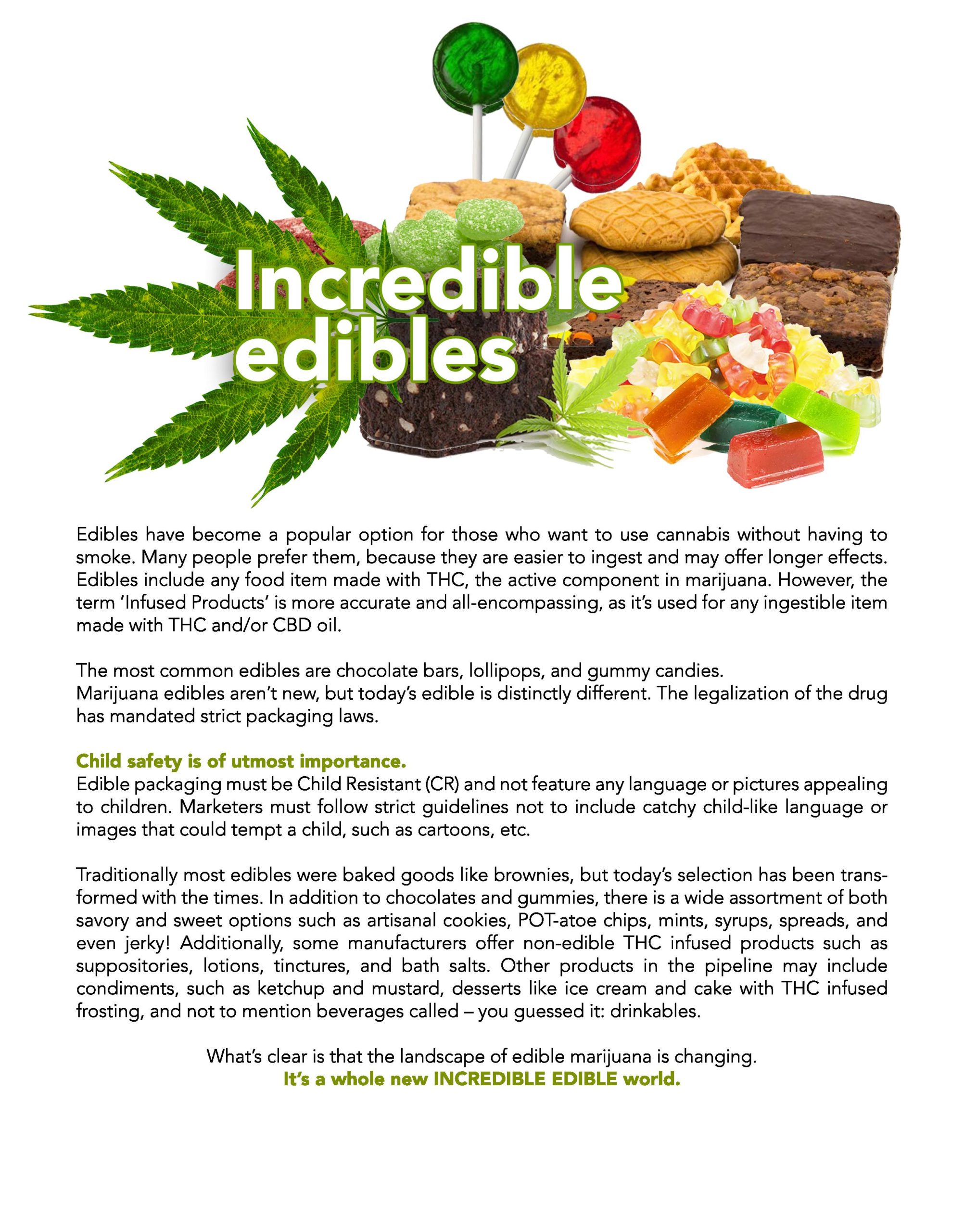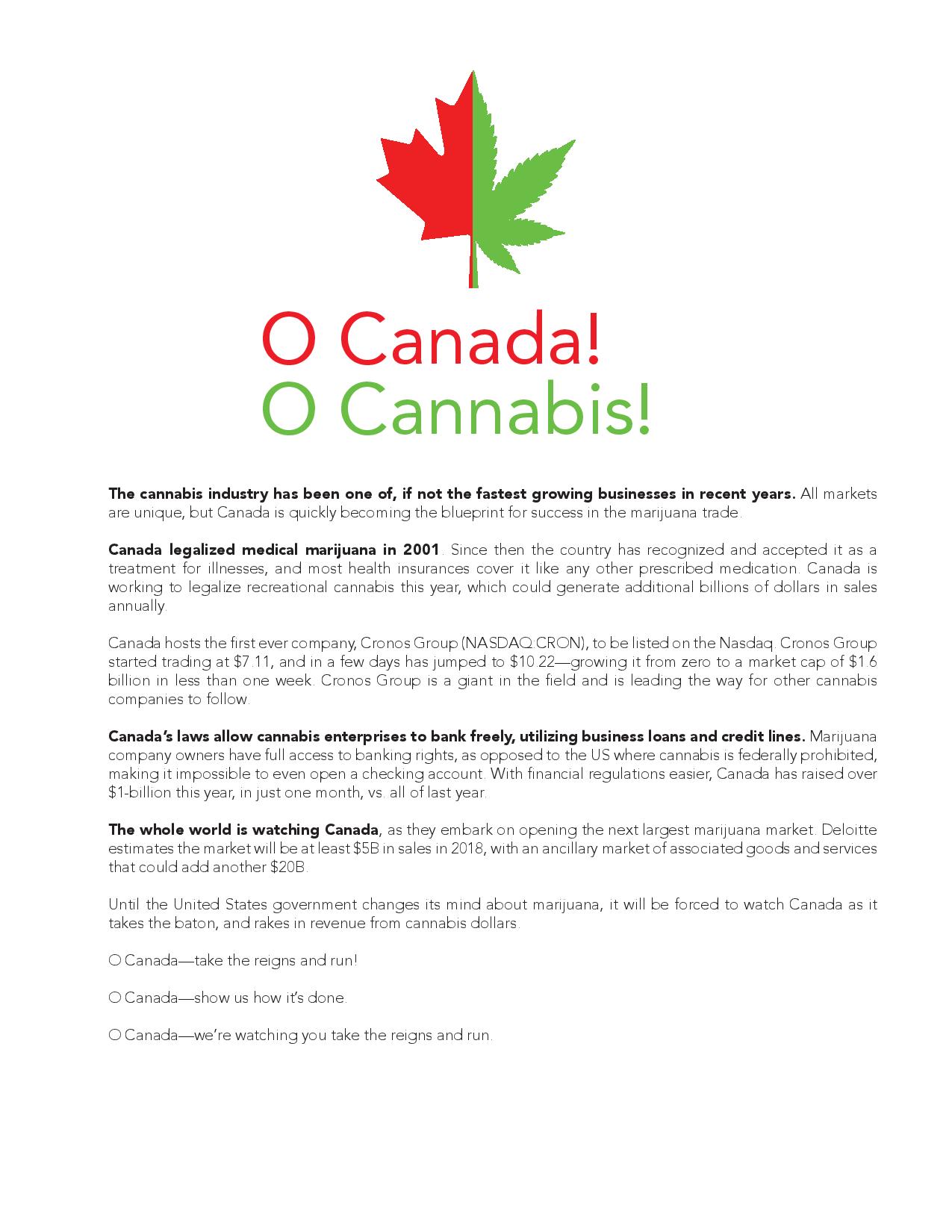Keep Kids Safe
Child resistant packaging isn’t new, it’s been around for decades. And it hasn’t really changed since its introduction in 1970 when the Poison Prevention Packaging Act was introduced. The U.S. Consumer Product Safety Commission (CPSC) administers the Poison Prevention Packaging Act of 1970 (PPPA), 15 U.S.C. §§ 1471-1476. The PPPA requires special (child-resistant and adult-friendly) packaging of a wide range of hazardous household products including most oral prescription drugs.
You know the pill bottles with the screw on cap that requires you to press down while turning or the blister packs that protect each individual dose? Thanks to this law, it became nearly impossible for children to open medicine bottles and other household containers. Adults even struggled with it!
Enter the new age of legal marijuana, and the topic of child resistant packaging comes back into focus. Not only is it the focus, it’s being reinvented. As legal marijuana sales have boomed, the packaging laws have been swiftly addressed along the way.
Although state laws vary, here are the “General Requirements” of packaging legal cannabis for sale:
Cannabis packaging must not resemble any existing packaging that would be attractive to children (no cartoons) and cannot have any references to “candy” i.e. Gummy Bears, Tootsie Rolls, etc.
Cannabis packaging in more and more states must also be Tamper Evident.
Every cannabis package must be in Child Resistant (CR) Packaging, either one-time CR packaging for single serve or continuous CR packaging for multi-doses.
Cannabis packages must be opaque (for infused products).
Cannabis products with multiple servings must be re-sealable and remain child resistant.
No making untrue or misleading health claims on cannabis packaging.
While each one of these packaging rules could be expounded upon, the main idea is to keep children safely away from cannabis. Number four repeats the law introduced in 1970. Every cannabis package must be in Child Resistant (CR)
Packaging. This law means your cannabis package must be legally compliant in order to keep kids from getting into your package of 100 mg THC cookies. These laws are in place to keep children safe. Remember the pill bottle? Well now, we’re talking about marijuana. Whether medical or recreational, cannabis must be kept from children.
Child resistant packaging regulations for cannabis vary from state to state, and they continue to change seemingly as the wind blows. However, the gist of CR packaging regulations remains the same: Keep kids safe.
Cannabusinesses must comply with packaging laws. When in doubt, it’s better for a company to over-comply. Cannabis companies ought to be adding extra measures of safety to ensure their packages meet safety criteria. And it shouldn’t be too difficult. There are many compliant packaging choices available, and the selection is sure to expand.
Let’s take bags for example. Bags for marijuana aren’t just plastic baggies like people used to use. Cannabis bags are legit now. They have evolved into thicker, opaque, high odor barrier, minimal oxygen exchange, puncture-resistant, creatively designed storage options. Bags, often called pouches, can stand up on their own and can include a child resistant zipper closure. Child resistant exit bags offer the perfect solution for convenience and compliance. The sturdy plastic and tight zipper seal lock in the product’s aroma, freshness, and shape while serving as a perfect storage option. Did you know Proctor & Gamble introduced the first child resistant plastic packaging bags with CR zippers for their detergent pods? They’re easy for adults to use, and they include child-proofing features.
Beware though. Watch out for cannabis packaging predators. That’s right, there are some companies selling packaging, touting it to be certified, compliant, and child-resistant, etc., but what they’re offering is a cheap knock-off. It’s important to check certifications and manufacturers. Child resistant packages must be tested by a certified, third party testing facility. Be wary of packages sold overseas that sound too good to be true.
With all the challenges out there regarding cannabis packaging, it’s important to choose the right one for your brand. Cannabis Business Times’ author Brian Maclver asked Illinois-based Cresco Labs’ CIO, Zach Marburger, for his top five considerations when selecting CR packaging.
http://www.cannabisbusinesstimes.com/article/the-child-proof-is-in-the-packaging/
Five Considerations When Buying Child-Resistant Packaging
Functionality is key.
Many patients have medical conditions affecting their dexterity. Having packaging options that are not only child-resistant containers (CRCs), but easy to open for adults is key.
Get creative.
Packaging is often the most intimate and memorable experience a patient has with your brand other than consumption. CRC doesn’t mean ugly; let your brand shine through.
Be consistent.
Patients expect a level of consistency when purchasing any product. Changing labels, dosing and other specifics can be difficult for some patients to adapt to.
Solicit feedback and shop around.
Cannabis CRC packaging options evolve daily, so it’s important to make sure you’re always on the lookout for the next best solution.
Be compliant.
Are you 110-percent sure your packaging is CRC certified? Be wary of suppliers who are “almost certified” or are “awaiting certification”; this can land you in hot water.






